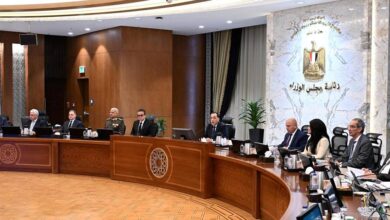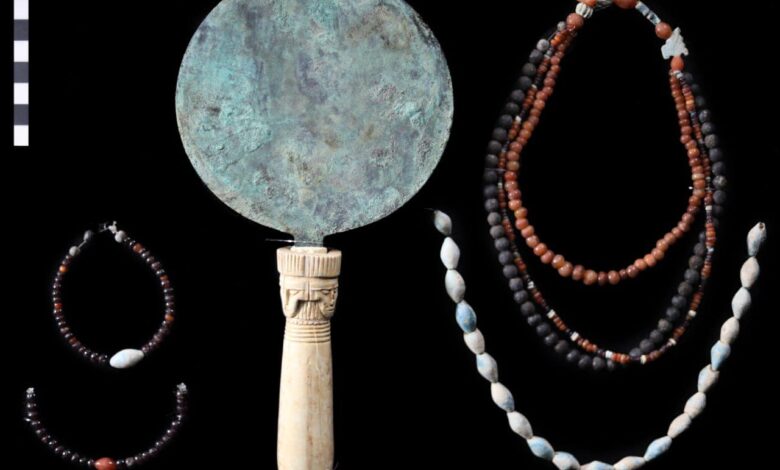
The joint Egyptian-American archaeological mission working on the restoration project of the South Asasif Necropolis in Luxor discovered a Middle Kingdom tomb in the area containing many previously unopened graves alongside a host of artifacts.
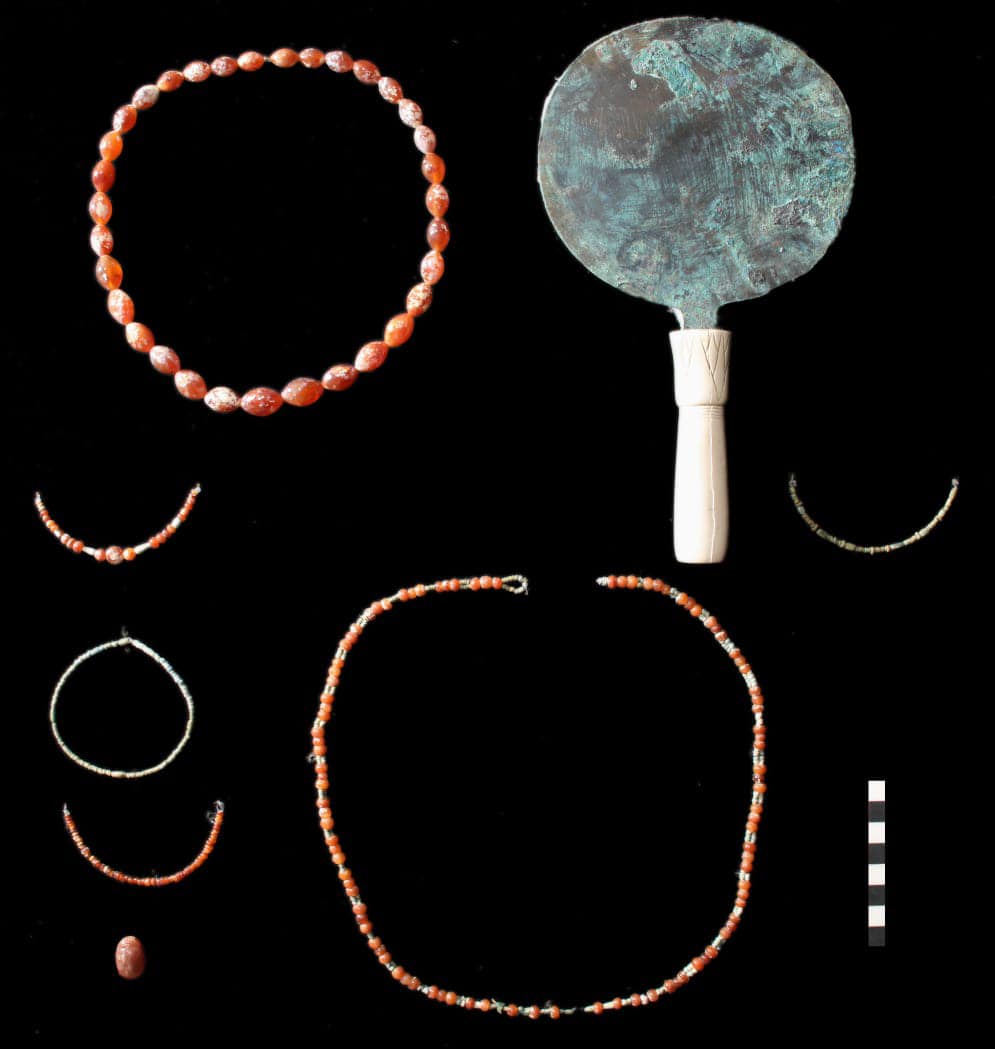
The discovery was made during archaeological cleaning of the rubble in the southern part of the surface of Karabasken (TT 391) tomb from the 25th Dynasty located in Asasif Necropolis.
The Secretary-General of the Supreme Council of Antiquities, Mohamed Ismail Khaled, stressed the importance of this discovery as it will change the history of the Asasif Necropolis and make it part of the major Middle Kingdom cemetery in Thebes.

This discovery will greatly aid in understanding burial practices and rituals in the Theban Necropolis during the Middle Kingdom.
Inside the tomb, up to 11 graves were found including the remains of men, women and children, indicating that it was a family cemetery that was used for several generations during the 12th and early 13th dynasties.
Many unique pieces of jewelry were also discovered in the women’s graves, as well as a group of archaeological finds, all of which likely date back to the early 12th dynasty.
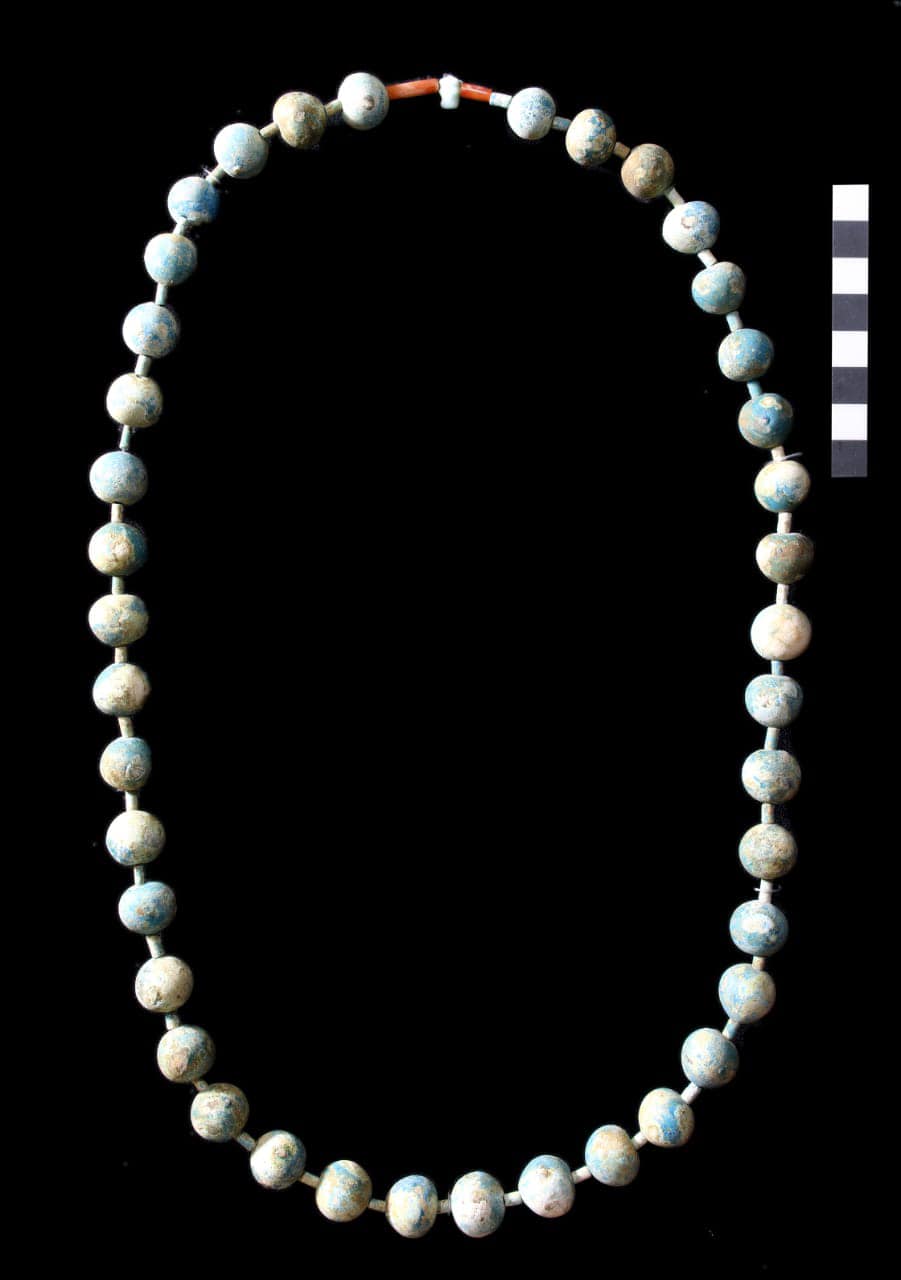
Khaled noted that most of these graves were severely damaged by floods that destroyed the wood of the coffins and the linen coverings, but many of the burial contents, made of less perishable materials, were preserved and found in their original location among the remains of the skeletons.
The head of the Egyptian Antiquities Preservation and Registration Sector at the Supreme Council of Antiquities, Hesham al-Leithi, said that one of the most prominent archaeological discoveries is a unique necklace made up of 30 cylindrical beads made of amethyst with two cylindrical beads made of agate surrounding an amulet in the shape of a hippopotamus head.

He added that the findings also include a group of necklaces, bracelets, chains, rings and belts made of red agate, blue and green inlaid porcelain and painted faience stone, decorated with amulets in the shape of hippopotamus heads, falcons and snake head amulets amongst others in relatively good condition.
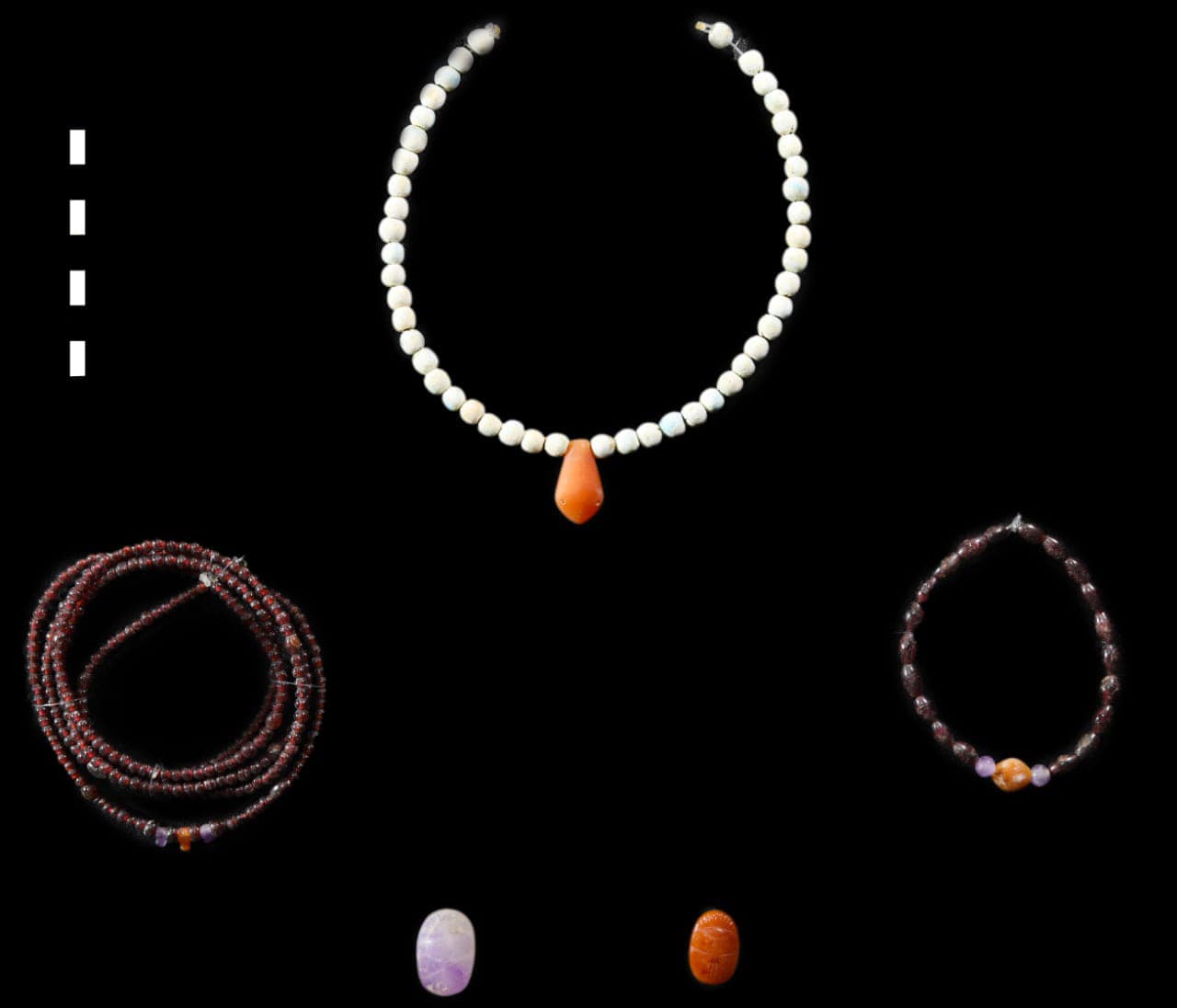
The head of the archaeological mission from the US side, Katherine Blakeney, added that copper mirrors were found inside two of these burials, one with a handle in the shape of a lotus flower, and the other with a rare design of the face of the goddess Hathor featuring four stern faces.





